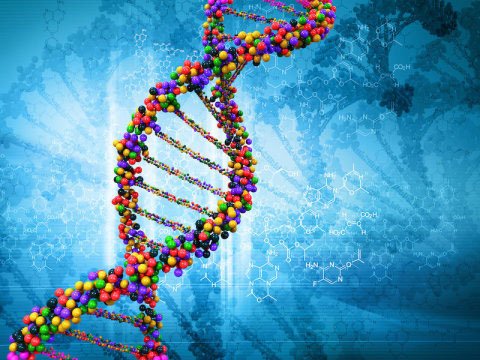A research team lead by Dr. Phuong Thien Thuong conducted the project: "Vietnamese medicinal plants as potential anti-cancer agent". To study the mechanism of action of the main active ingredients and explain the use of Vietnamese medicinal herbs in anti-cancer and anti-inflammatory.

1. Medicinal herbs and isolation
Collecting medicinal samples after screening for anti-cancer and anti-inflammatory effects: Pillow of crane (Leea rubra, Leeaceae); Cheetah (Tetracera scandens, Dilleniaceae); Yellow-flowered solstice (Polygala arillata, Polygalaceae); Ginseng for leaves (Croton tonkinensis, Euphorbiaceae); Sapa anemone (Anemone chapaensis, Ranunculaceae).
Extraction, isolation and structural determination of compounds from the above medicinal herbs: Isolation and determination of formulas of 02 new diterpenoid dimer from samples of gentian leaves, this is a new result that can be submitted for publication international reputation; Isolated 20 substances from Leea rubra Blume; Isolated 02 new substances from the Polygala arillata, along with 14 other substances; Isolated 01 new substance from Sapa anemone tree and 13 other substances.
2. Research methods and procedures
Anti-cancer effects were tested on cell models, tested for inhibitory effects on the growth of cancer cell lines, effects on a number of proteins related to cancer. such as HIF, EGFR…
Select effective substances for further studies on anti-inflammatory and anti-cancer.
Cytotoxic effect of cancer cells of 02 new substances (corotonkinensis E and corotonkinensin F) and some substances isolated from gentian for leaves.
3. Results.
Anti-inflammatory effects and mechanism of action of medicinal plants in in vitro and in vivo models.
Anti-inflammatory effect of Leea rubra: studying the effect and mechanism of anti-inflammatory and analgesic effect of crane pillow in experimental studies (in vivo model).
Anti-inflammatory effect of substance CT1 (ent-7β-hydroxy-15-oxo kaur-16-en-18-yl acetate) isolated from bitter melon for leaves in experiment.
The results also demonstrate that active ingredient CT-1 has the potential to be developed as an anti-cancer drug, but it requires more time and money to implement. The results have been published in the journal Tetrahedron Letters, Sciencedirect; Tandfonline.
The full article reports on research results: Subject (Code 16679/2019) at the National Department of Science and Technology Information.